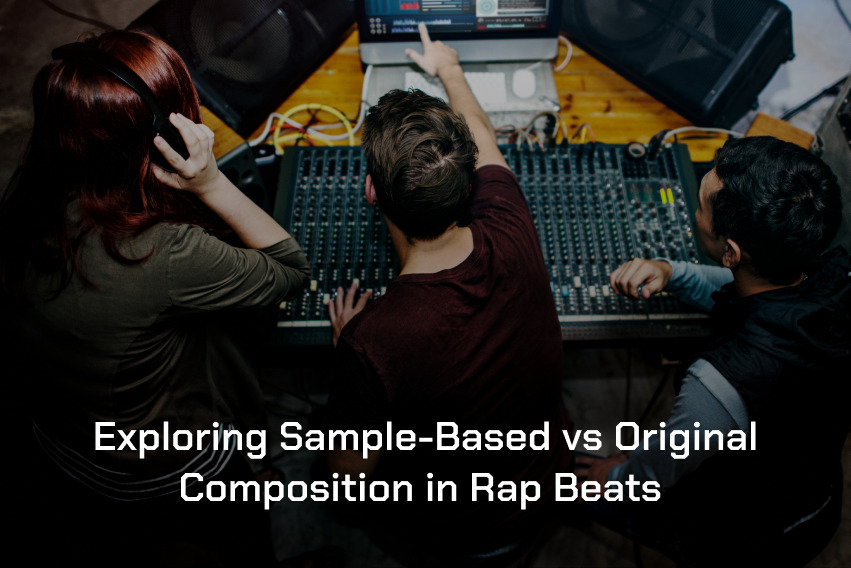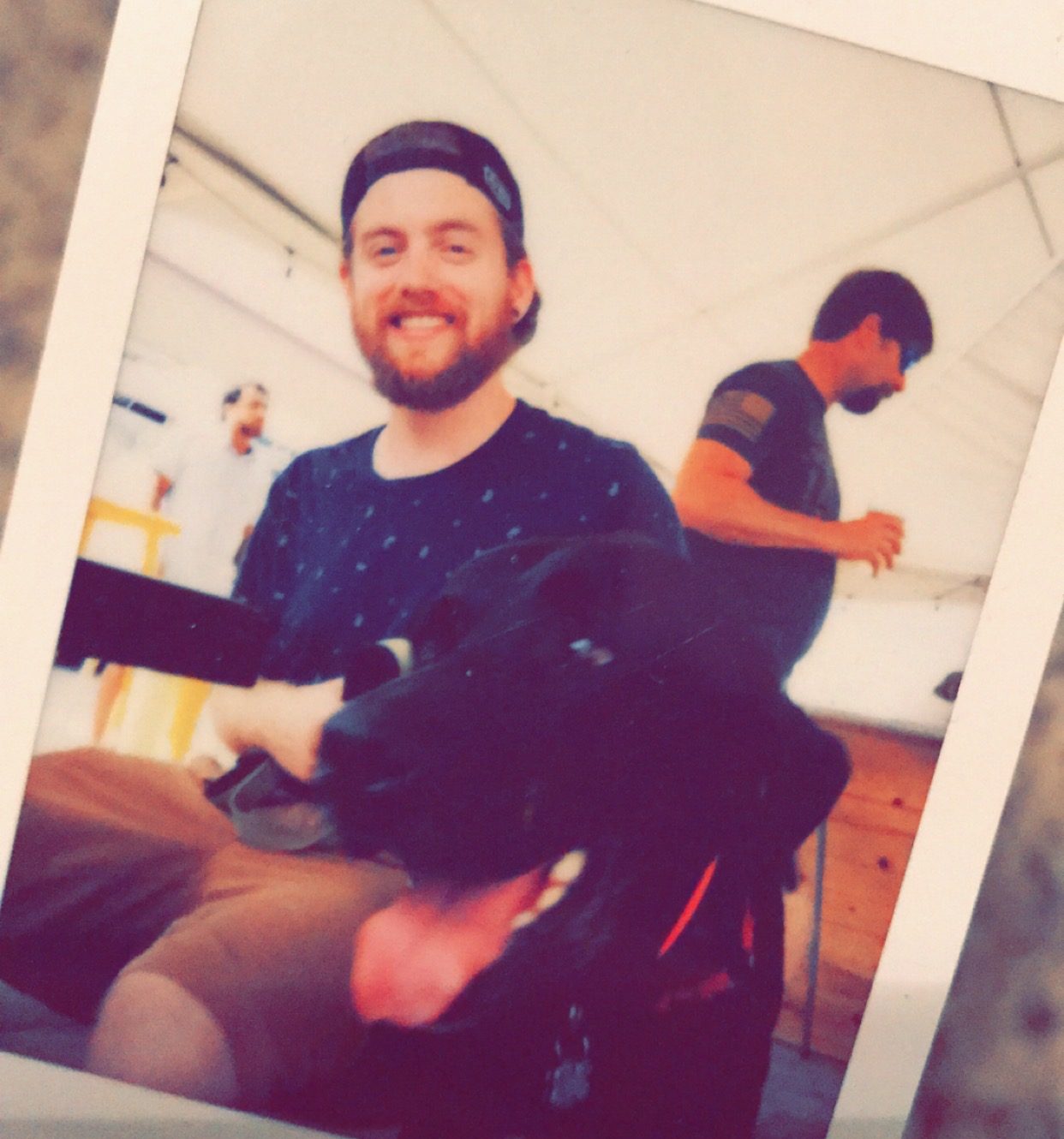In the world of rap beats, two creative paths stand out: using samples and crafting original compositions. Tracing its roots into hip-hop culture, beat-making has evolved with musical technological advancements. To understand this evolution, one must consider the history of instruments shaping modern rhythms. The gear used in producing tracks serves as more than mere tools; they’re musical instruments that have left an enduring mark on genres worldwide. As artists navigate between sampling hits or composing fresh sounds completely from scratch, both techniques offer unique flavors and challenges within the art form of beat production.
Crafting Unique Sounds From Scratch
In the realm of rap beats, crafting unique sounds from scratch stands as a vital artistic endeavor. Beat makers harness technology in ways that mesh with tradition yet push boundaries. They use electronic drum machines to compose distinctive loops and digital samplers for layering sound bites into complex polyrhythms. This blend spawns new genres while honoring hip-hop’s roots—an African-American culture steeped in community, skillful artistry, and innovation. These pioneers operate outside conventional musicianship canons but embed deep cultural values within their work. By doing so, they create music cultures rich with history and standards of practice—even competitions and awards are common among these communities, often overlooked by mainstream society. Navigating between machine precision and musical intuition has become second nature to beat creators who prioritize aesthetics just as much as technical prowess—forming an integral part of today’s vibrant sonic landscape.
Sample-Based Beats Unpacked
Sample-based beats hinge on extracting snippets of existing sounds and music cuts that resonate within a track. Producers listen deeply to old records—not just rap but also soul, funk, and jazz—to find the right clip. They might pick out a bass line or snatch a part of a horn solo—anything that sparks creativity and fits their vision for the new piece. Once they’ve selected these samples, producers use technology like turntables or software to stitch them into fresh rhythms. By altering pitch and tempo while layering different textures atop one another, they forge something unique yet familiar—a nod to musical ancestry wrapped in modern flair. In this way, sample-based creations pay homage; it’s both an art form rooted in appreciation and an innovation-driven pursuit where artists re-imagine historical soundscapes for today’s audiences—an intricate dance between past influence and present expression.
Original Compositions in Rap
In rap’s realm, original compositions reflect a unique artistic vision. They stand apart from sampled beats, offering creators full control over the music they craft. To truly understand this approach, it’s essential to consider the evolution of beat-making technology that has shaped hip-hop production. Looking back at history reveals key instruments like the Synclavier and Fairlight CMI—tools defining sounds for artists in their times—at costs reaching half a million dollars in some cases. These were exclusive but pivotal to iconic producers’ signature styles. The SP1200 sampler is significant for its role in classic hip-hop soundscapes. It remains a coveted device among genre purists for its distinctive lo-fi character, a result of technical constraints like limited sampling time and lower bit resolution. Embracing these historical textures without vintage gear is plausible; modern software offers accessible paths toward emulating desired sonic qualities efficiently while adhering creatively within digital domains’ broader potentials.
Sampling ethics and legalities
In the realm of rap, using samples in beats requires legal savvy. One must get permission to use another artist’s music—this is a rule set by copyright law. Producers who borrow snippets from songs need to clear them with rights holders before release or face lawsuits; this isn’t just good practice but an absolute necessity. Clearance often involves two types of rights: one for the songwriting and one for the recording itself. Skipping on these could lead to costly court battles and hefty fines, which could easily outstrip any potential earnings from a track that contains uncleared samples. Furthermore, ethical considerations come into play; respect for original artists is crucial within creative communities. While sampling does pay homage, it should also support those whose work laid the foundation through proper acknowledgment and financial recompense where due.
Pros and Cons: Sampled vs. Original
Sampled beats in rap hinge on using existing recordings, a practice that can lead to rich creative outcomes. Such samples let artists build upon established sounds—like jazz rifts or vintage dialogue clips—to craft something new yet familiar. Yet the ease of accessing earlier works varies greatly. Big names often won’t grant permission for their music’s reuse; they’re too busy, and it may not pay off for them financially. On the flip side, producing original beats is all about fresh ideas birthed by the composers themselves, from novel chord sequences to unique electronic rhythms or melodies unheard of before. This doesn’t mean total isolation from past work; even altering an old beat’s speed provides a foundation for brand-new pieces without sounding recycled. Both approaches have reinvented how hip-hop is made today, with tools like AKAI’s MPC X facilitating sampling while devices such as field recorders enable capturing high-quality audio anywhere—an essential step towards creating genuine original material versus repurposing others’ creations.
The Art of Clever Sampling
In crafting beats, hip-hop artists often borrow sounds from existing tracks. This practice shapes a beatmaker’s craft while embedding personal and group identities into the music. Joseph Schloss, in his detailed research, underlines the importance of this creative approach within hip-hop culture. He notes how these producers draw inspiration not just musically but also ethically, adhering to unwritten rules about what elements can be used. Beatmaking began in informal spaces during the early 1980s and has since evolved greatly with technological advances like digital audio workstations (DAWs). These tools offer vast libraries of samples, yet artists still hunt for unique phonographic content over preset loops or motifs; they reflect their quest for originality despite today’s easy access to ready-made sounds. Schloss suggests that sampling isn’t merely a legal concern but is deeply rooted in cultural norms; distinct sonic instances become signatures rather than simple citations within compositions. The technique goes beyond aesthetics; it becomes an act uniting the community through shared meanings intrinsic to certain sounds.
Innovating with Original Beat Production
In the world of beat production, innovating with original beats sets trends. In the ’70s Bronx scene, DJs spun old records into fresh rhythms for rappers. This art now shapes hits that blend classic vibes with today’s sound—think Kanye West or Rihanna chart-busters. Producers flip samples by chopping and tweaking them almost beyond recognition to leave their creative mark. While tools like Serato Sample make sampling easier in real-time, legal savvy is a must; clearing samples avoids costly lawsuits and respects original artists’ rights. It’s not just about permission, but also ensuring your take on a sample transforms it substantially, so you’re adding new value rather than simply borrowing fame. As producers look ahead, ethical use matters as much as creativity does in shaping future genres—a true homage requires both innovation and respect for music’s roots.
Building Identity Through Beat-Making Choices
In modern beat-making, choices shape an artist’s identity. Picking tools is a vital first step; many choose Pro Tools for their industry acclaim and growth potential. It suits not just pros but beginners with the ambition to excel in music production. With apps like Pro Tools Sketch, ideas spark anytime on tablets or phones, then transfer to the studio. Beat crafters dive deep into an artist’s vision before producing beats that echo true style and authenticity across genres from hip-hop to house. For quality sound recording, producers turn to audio interfaces like MBOX Studio paired with their DAW of choice—often leading back again to Pro Tools for its robust features. Audio plugins sprinkle magic onto tracks, shaping distinctive sounds and adding depth with reverb or retro vibes via synthesizer emulation patches. These are common practices among top-tier creators aiming for signature feels within their compositions.
Navigating Copyright for Hip-Hop Productions
Hip-hop artists often use old tracks to make new music. They take a piece of someone else’s song—a “sample”—and add beats or lyrics over it. But here’s where they need to tread carefully: every sample has an owner, and using that sound bit without permission can lead to legal trouble. To avoid this, producers must get clearance from the original creator or rights holder—often through a process involving lawyers (which can be expensive) and lengthy negotiations. Not all samples cost the same; fees depend on how much of the song is used and how big its impact is expected to be on the new work. If done right, sampling legally adds depth and respect for past art in hip-hop beats while ensuring everyone gets fair credit—and payment—for their contributions. Crafting rap beats often involves a choice between using samples or composing original music. Sample-based production draws from existing works to create fresh sounds, offering rich history and nostalgia. In contrast, original composition fosters unique creativity with limitless possibilities for personal expression. JBZ Beats excels at providing artists with both options, delivering high-quality tracks that resonate with diverse musical tastes while upholding industry standards for authenticity and innovation—empowering rappers to find their true voice within the rhythm of hip-hop’s evolving landscape.


